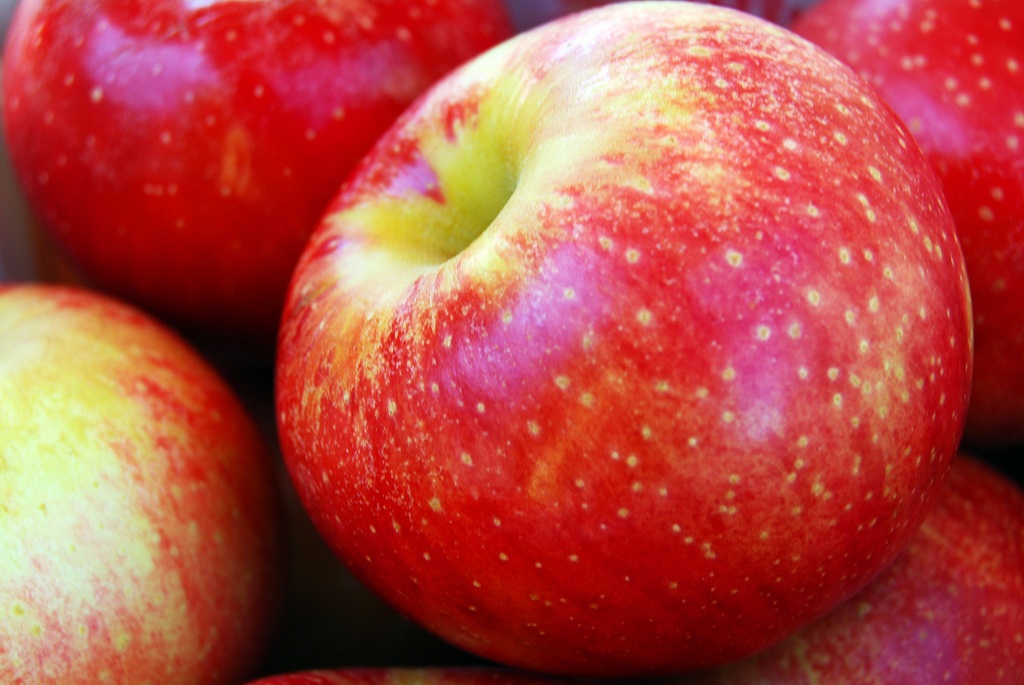Wokipedia is a regular magazine column in which we introduce aspects of Chinese gastronomy, one letter at a time. This month, ‘A’ gets the treatment.
… abalone 鲍鱼
Non-Asian diners may never have encountered abalone (baoyu), the gastropod with the shiny shell. It’s definitely an acquired taste: anyone sensitive to texture may find this among the chewiest items they’ve ever put in their mouth, especially if it’s served whole in all of its gray-brown glory. Unlike its frequent menu neighbor, shark fin soup, some species of abalone are considered sustainable, and due to market demand, many types are farmed in China, Australia, Mexico, and the United States. If it’s served to you at a banquet, eat it because your hosts spent quite a lot of money on it.
… almond 杏仁
Native to western Asia, the almond (xingren) hasn’t replaced the peanut as China’s most popular nut yet. While it’s not processed into cooking oil the way peanuts are (almonds in China are far too expensive for that), it does come in a delicious form here not common in the West: almond milk. Served at restaurants in cans and at swankier convenience store outlets in elegant box form, it’s a sweet treat.
… apple 苹果
The humble apple (pingguo) isn’t native here, but China now produces about half of the world’s supply. It’s not the apple itself that is significant in Chinese cuisine, but how it is used. One Chinese dessert favorite is basi pingguo where sliced apples are stir-fried in caramelized sugar long enough to coat them, and are then served quickly along with a bowl of cool water. It’s then a race to eat the napalm-hot treat before the cooling sugar fuses the apples to the plate permanently. By the way, the best apples you’ll ever eat are organic ones from Xinjiang. Look for them at markets in mid-autumn.
… apricot 杏
China is one the few places where this small, sweet fruit can be cultivated. It’s actively grown in the Beijing area with apricot (xing) trees providing flowers, fruit, and shade on streets, in backyards, and around courtyards. The fruit can be enjoyed both when it’s green and the size of a fingernail (a sour treat) or when it’s around racquetball-size, yellow, and very sweet. Provided they haven’t been sprayed with chemicals or pesticides, eat them right off the tree.
This article first appeared in the September issue of the Beijinger.
Photos: Cheon Fong Liew (Flickr), Harsha K R (Flickr), Alice Henneman (Flickr), Paul Asman and Jill Lenoble (Flickr)






